World Fine Art Professionals and their Key-Pieces, 166 - Arike Gill
World Fine Art Professionals and their Key-Pieces, 166 – Arike Gill
Some time ago the exhibition ‘Terra Incognita’ was shown in Galerie Vonkel with drawings and light installations by Arike Gill. Gill is not only an artist but also a collection manager at the Naturalis Museum, which now goes through life as Naturalis Biodiversity Center.
Undoubtedly these two activities, collection manager in a natural science museum and making artworks will influence each other in one way or another. In order to get an answer to the question how exactly that takes place, I spoke with Arike in the gallery at the end of the exhibition.
Explorer
Gill: “In daily life I spend four days a week on the Naturalis collection. Among other things, I have to ensure that my part of the collection is and remains accessible to all kinds of target groups (eg scientists, journalists, exhibition makers and artists). The collection that I manage includes rocks, minerals, gems and also meteorites. Beautiful stories are attached to all those objects. I try to combine those stories with my art. I then feel like an explorer, just as many of those objects have been entered into the museum by explorers. ”
Arike Gill travels through time in her art and processes residuals from the past, present and future, creating new commitments. “Working with those old objects from the collection is humbling. Generations for me have already been engaged and have literally touched the objects. It is fascinating when I can let something old ‘merge’ with something I make myself. You have to be careful that you do not force it, that’s best if I use my own imagination, so that something new is added. ”
The past
She was already occupied with the past at the Royal Academy of Fine Arts in The Hague. “At the time it was mainly about personal stories and family history. Why did my ancestors make certain choices? And how did that ‘now’ affect me as an individual, I wondered. After some time the theme of ‘the past’ became much more general and less personal, I often worked on old photographs that I encountered on the internet and that inspired me for some reason. ”
Arike Gill thinks it’s important that people think about the past. “Then choices were made that have an effect on our time. It’s good to know your roots.” Looking back has also worked well for her personally. “I was very scared of death around the age of twenty, by being busy with it in my art I could contain it better and I felt comforted. It is a kind of understanding of life. That is exactly the reason why I did the Biology and Art Academy, I wanted to better understand the existence. ”
Old postcards
Does she have key works, works that function as a turning point? They are there, she even has four. The first is called ‘De Kas’ (The Greenhouse) from 2012. You see a greenhouse with tropical trees and plants, in front in color, in the back in black and white. The people in the middle of the greenhouse are left white, only their silhouette is visible. The inspiration was an old photograph of a nineteenth-century greenhouse. “I made it in the last year of the Academy. I discovered the pleasure of drawing, what a great feast it was to draw a whole sheet full. As a result, I finally chose to draw as my medium. ”
The second key work is called ‘The long life of a small mistake’ from 2014. You see a grid with old postcards on which a few letters light up each time. “An exchange of letters from my great-grandmother with her best friend was the inspiration. Her son had just died at the age of three. The letters are about the loss that my great-grandmother experienced as a result. In my art project there is a transformation going on. In the letters I made myself – in counterfeit envelopes with old stamps – I imagine that a mistake was made. The child did not die, he grew up and became a real man. Behind each envelope is a drawing and a light behind it. If the light is off you see only the outside of the envelope, when a light turns on, then the drawing will be visible in the envelope. The light program behind the envelopes, which turns random lights on and off, makes it seem like the envelopes are talking to each other because they light up. ”
The work has been exhibited in 2014 at the Gemeentemuseum in the context of the summer exhibition with the theme ‘Light’. Arike and her husband won one of the three prizes. “My husband, also an artist, self-taught, has created the light program behind the envelopes. It is a key work because we were able to work well together, our styles matched. That tasted like more and now we are making more work together. It was a discovery for me that you can add something completely new to something that I have come up with on my own. 1 + 1 = 3. You keep each other sharp. ”
Antarctica
The third key work is a portrait of the explorer Herbert Ponting. “He participated in the Terra Nova expedition at Antarctica in the period 1910-1913. The trip was a legendary battle between the English and the Norwegians to be the first to put the flag of their country on the South Pole. Ponting was the photographer at the English expedition and recorded the entire journey. ”
The expedition, incidentally, was horrifying for a number of expedition members. The Norwegians were first at the South Pole. When a small delegation from the English group finally reached the South Pole, they saw the flag of the Norwegians fluttering. On the way back, after three ice-cold winters, they died completely exhausted. “Ponting was not a participant of this small delegation and survived the expedition. He has made fantastic photos and spectacular film footage.” At Arike’s work (2014) Ponting wears snow glasses. “I have made a number of works about the Antarctic expedition, of which this is one. For me it is a key work, because this drawing is more related to my work at Naturalis. I would like to achieve that my work as a collection manager merges into my art. This is a step in the right direction. ”
Book ‘Terra Incognita’
The fourth key work is the book ‘Terra Incognita’ that was published in gallery Vonkel on the occasion of the exhibition. It is a reference work with the work processes, the thought jumps and sketches of Gill. “I like the recording of the work process in a book. It forces me to examine my motivations why I want to make something. It helps to sharpen the substantive issues. Every thought process and step is recorded in this book. Earlier I did that too, in dummies, but not as persistently as in this book. The book has thus also become an independent work of art. ”
At this moment she is busy with a book again. “It helps me to enter my own world even more. It also helps me to find my unique addition. It is the intention that work arises out of it and that it does not just stay with one book. I see it as a cross-pollination. If I used to make a new work, I first went looking for an interesting photo or story. It felt like I had to start every work anew. With a dummy in which you record all your steps, you can work more in series. It ensures that you remain focused. ”
Up early
To call her self an artist, Arike found it difficult. It took quite a while before she did it. But once she had finished her exams at the Academy, she dared to do it. “I have been working on art for a long time. When I was six years old, I got up early in the morning, before my parents woke up, to do some tinkering. People who have not followed a course can also be very good artists. You do not necessarily need to learn art. ”
Immediately after her final exams there was a lot of interest in her work. She was invited to various exhibitions. After a year she was picked up by gallery Vonkel and went to trade fairs such as the KunstRai, Contemporary Artfair and The Hague Artfair. “I think it’s important that people can see my work and you can achieve that in that way.”
If there’s one thing she wants, it’s this: “Getting started, making new things.”
Images
1) Arike Gill, 2) City Hall loop – Dimensions: 50 x 65 cm. Material: Pen and pencil on paper, 2016, 3) The Remington portable: Dimensions: 33 cm x 30 cm x 33 cm (width x length x depth). Material: Remington typewriter with light bulbs and arduino, 2017, 4) The Rorschach test – Dimensions: 75 x 100 cm. Material: Charcoal and pastel chalk on paper, 2015, 5) The dark paradise – Dimensions: 75 x 100 cm. Material: charcoal, ecoline, pastel chalk on paper, 2013, 6) Robert Falcon Scott – Dimensions: 75 x 100 cm. Material: charcoal, ecoline, pastel chalk, crayon on paper, 2014, 7) Terra Nova – Dimensions: 160 x 125 cm. Material: charcoal, pencil, pastel chalk, crayon, ecoline on paper, 2014, 8) The greenhouse, 9) Herbert Ponting, 10) The long life of a small mistake 2
http://www.arikegill.nl/index.php/nl/
facebook.com/arikegillkunst
https://ifthenisnow.eu/nl/verhalen/de-wereld-van-de-haagse-kunstenaar-65-arike-gill
Disclaimer: The views, opinions and positions expressed within this guest article are those of the author Walter van Teeffelen alone and do not represent those of the Marbella Marbella website. The accuracy, completeness and validity of any statements made within this article are not guaranteed. We accept no liability for any errors, omissions or representations. The copyright of this content belongs to Walter van Teeffelen and any liability with regards to infringement of intellectual property rights remains with the author.

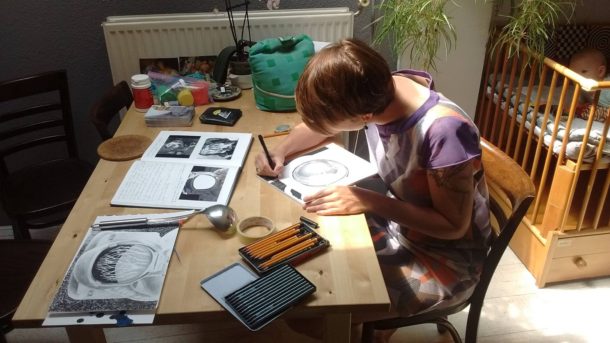
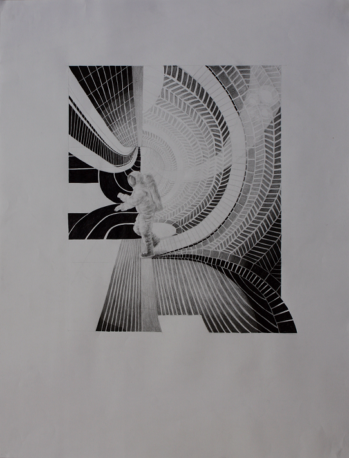
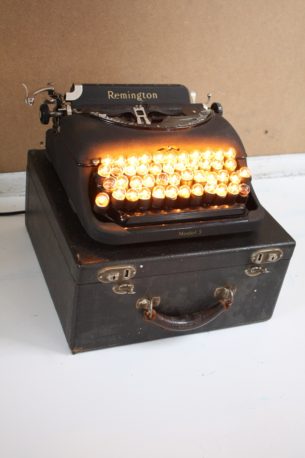
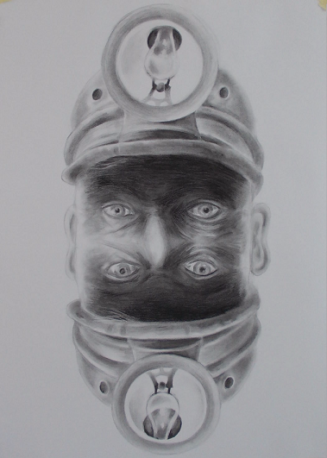
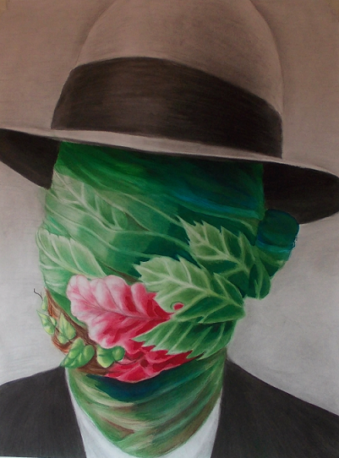
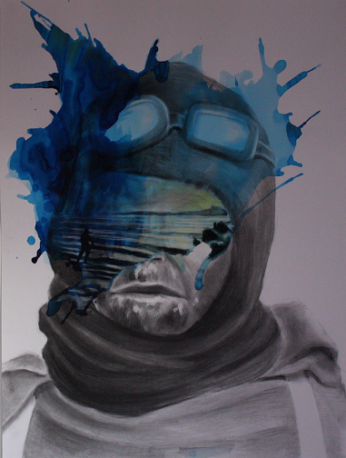
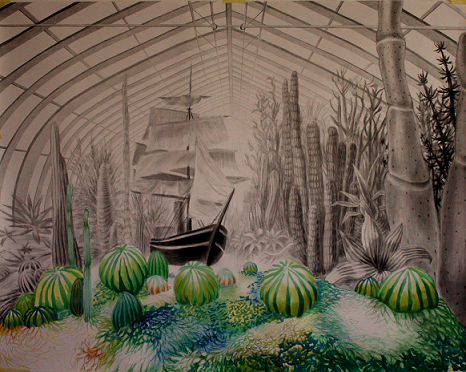
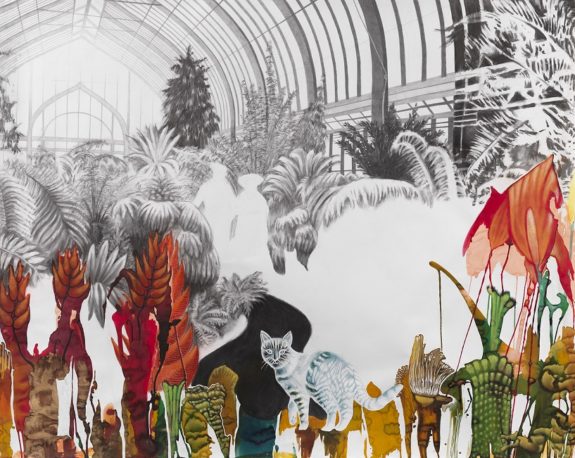
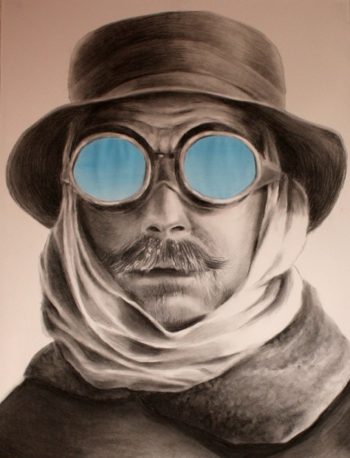
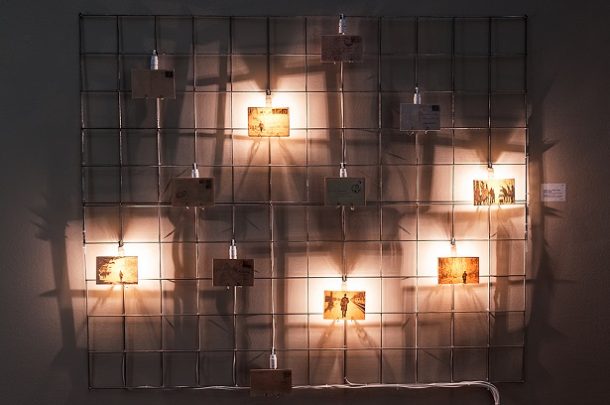














The opinions expressed by individual commentators and contributors do not necessarily constitute this website's position on the particular topic.